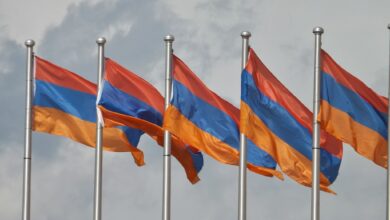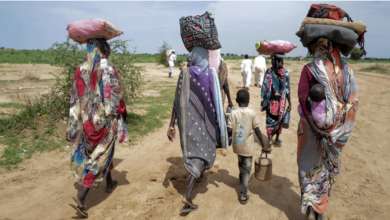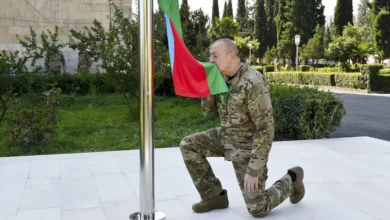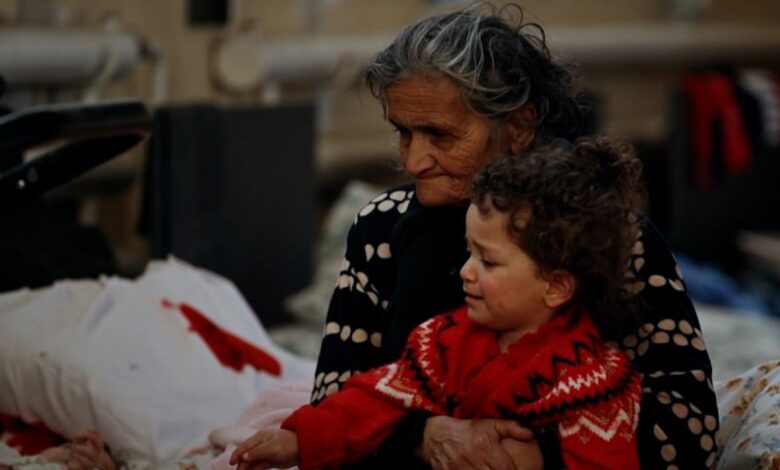
More than 50,000 people – including 17,000 children – had fled by Wednesday morning, after Azerbaijan lifted a 10-month blockade on the only road connecting the enclave to Armenia, according to Armenian government officials.
Azerbaijan said last week it had regained full control of Nagorno-Karabakh, which lies within Azerbaijan’s borders but has for decades operated autonomously with a de facto government of its own. It said Karabakh Armenians could remain in the region if they accepted Azerbaijani citizenship, but many preferred to leave their homes rather than submit to rule by Baku.
Many residents harbor no hope that they will return to their ancestral homeland. “They changed our flag, our government surrendered. That’s all. No Armenian will be left here within maybe two weeks,” a Karabakh resident told CNN.
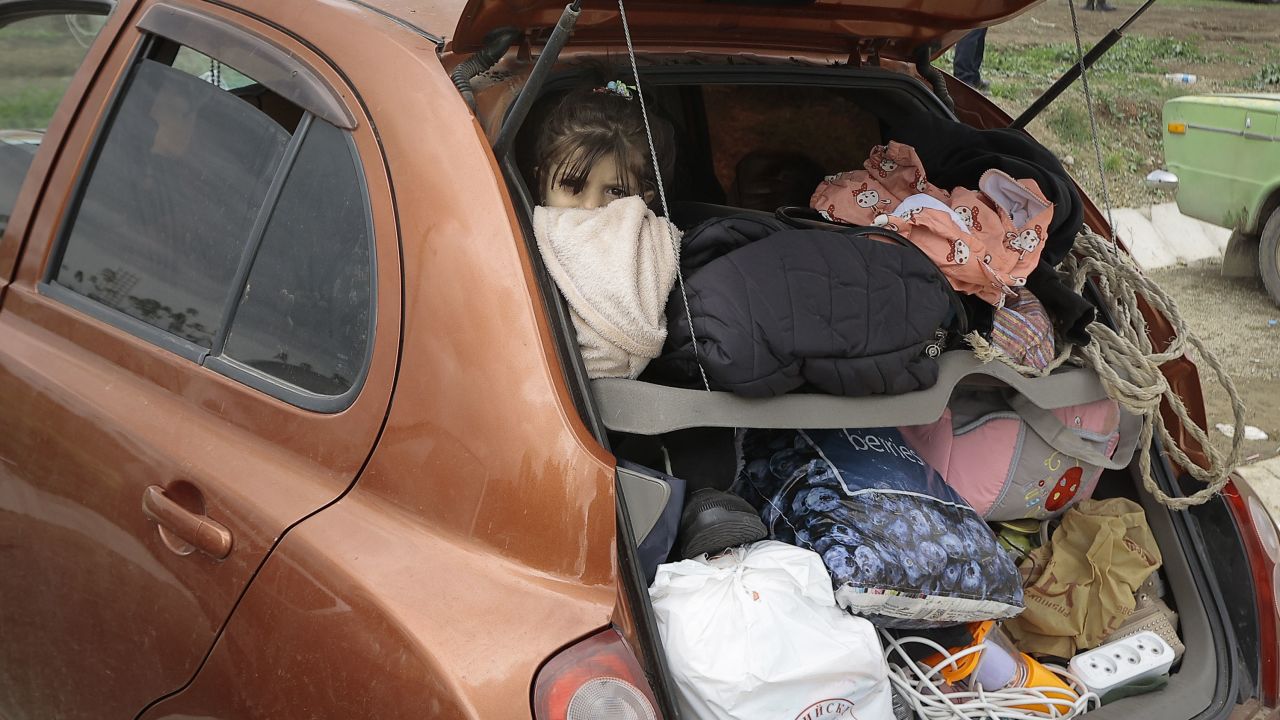
How did we get here?
Azerbaijan won a decisive military victory in the region last week, forcing the Karabakh armed forces to surrender in less than 24 hours and seemingly bringing to an end a conflict that had lasted more than a century.
After Azerbaijan launched missile and drone strikes on Nagorno-Karabakh on September 19, many in the regional capital of Stepanakert spent the night in makeshift bomb shelters, in what marked the start of a third war fought for control of the region in as many decades.
Under the Soviet Union, of which Azerbaijan and Armenia are both former members, Nagorno-Karabakh became an autonomous region within the republic of Azerbaijan in 1923.
Karabakh officials passed a resolution in 1988 declaring its intention to join the republic of Armenia, causing fighting to break out as the Soviet Union began to crumble, in what became the First Karabakh War. About 30,000 people were killed over six years of violence, which ended in 1994 when the Armenian side gained control of the region.
After years of sporadic clashes, the Second Karabakh War began in 2020. Azerbaijan, backed by its historic ally Turkey, reclaimed a third of the territory of Karabakh in just 44 days, before both sides agreed to lay down their weapons in a Russian-brokered ceasefire.
But the third war was to last just a day. The Karabakh presidency said its army had been outnumbered “several times over” by Azerbaijani forces and had no choice but to surrender and agree to “the dissolution and complete disarmament of its armed forces.” A second ceasefire – also brokered by Russia – came into effect at 1 p.m. on September 20.
The swiftness of Karabakh’s surrender was a measure of its military inferiority. Armed with Turkish drones, Azerbaijan won a crushing victory in 2020, attacking not only Nagorno-Karabakh but also Armenia itself. Unlike in 2020, Armenia’s armed forces did not attempt to defend the region during the most recent offensive – in part out of fear of further Azerbaijani aggression.
“They have such an advantage that they could easily cut Armenia in two,” Olesya Vartanyan, Crisis Group’s senior analyst for the South Caucasus, told CNN. “Just through a very short military operation. Probably a day or two for it to happen.”
Karabakh’s despair was Baku’s triumph. In a speech to the nation Wednesday evening, Azerbaijan’s President Ilham Aliyev announced his forces had “punished the enemy properly” and that Baku had restored its sovereignty “with an iron fist.”
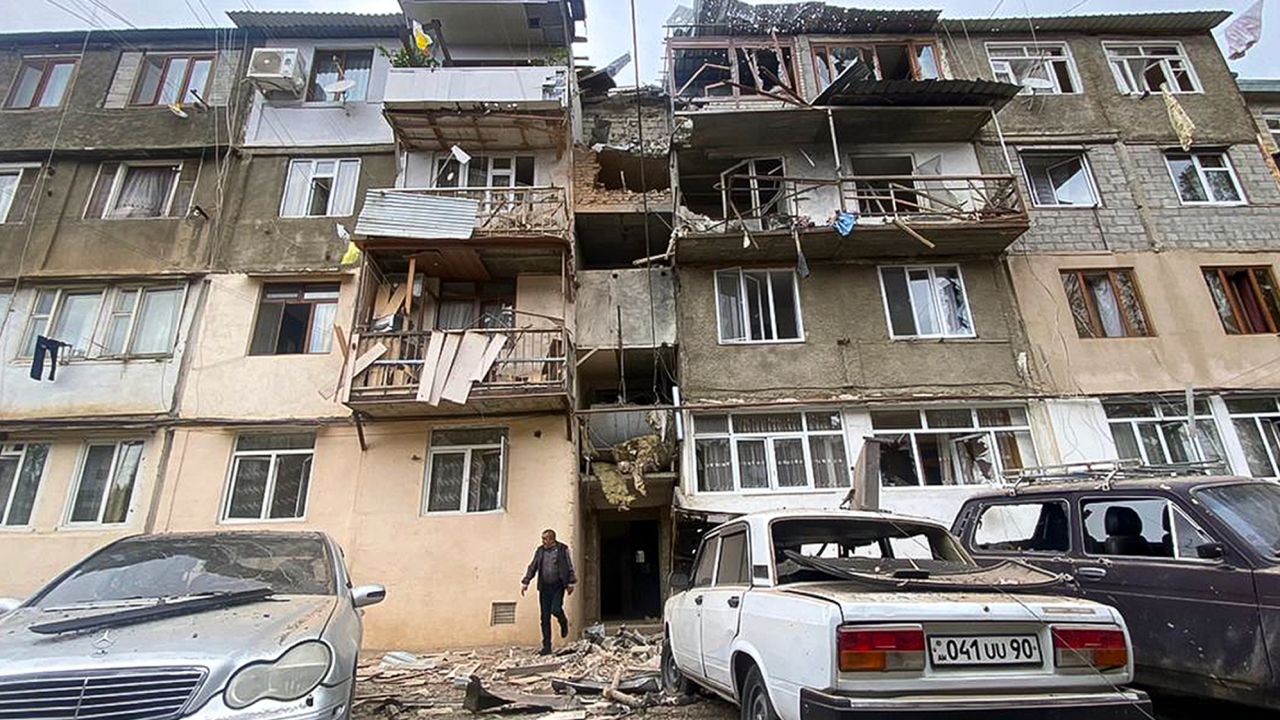
What happens next?
The day after the ceasefire, Baku sent representatives to meet with Karabakh officials and discuss “reintegration.” Few details were released of the talks, but Azerbaijan has long been explicit about the choice confronting ethnic Armenians in the region.
In a speech delivered in May, he said Karabakh officials needed to “bend their necks” and accept full integration into Azerbaijan.
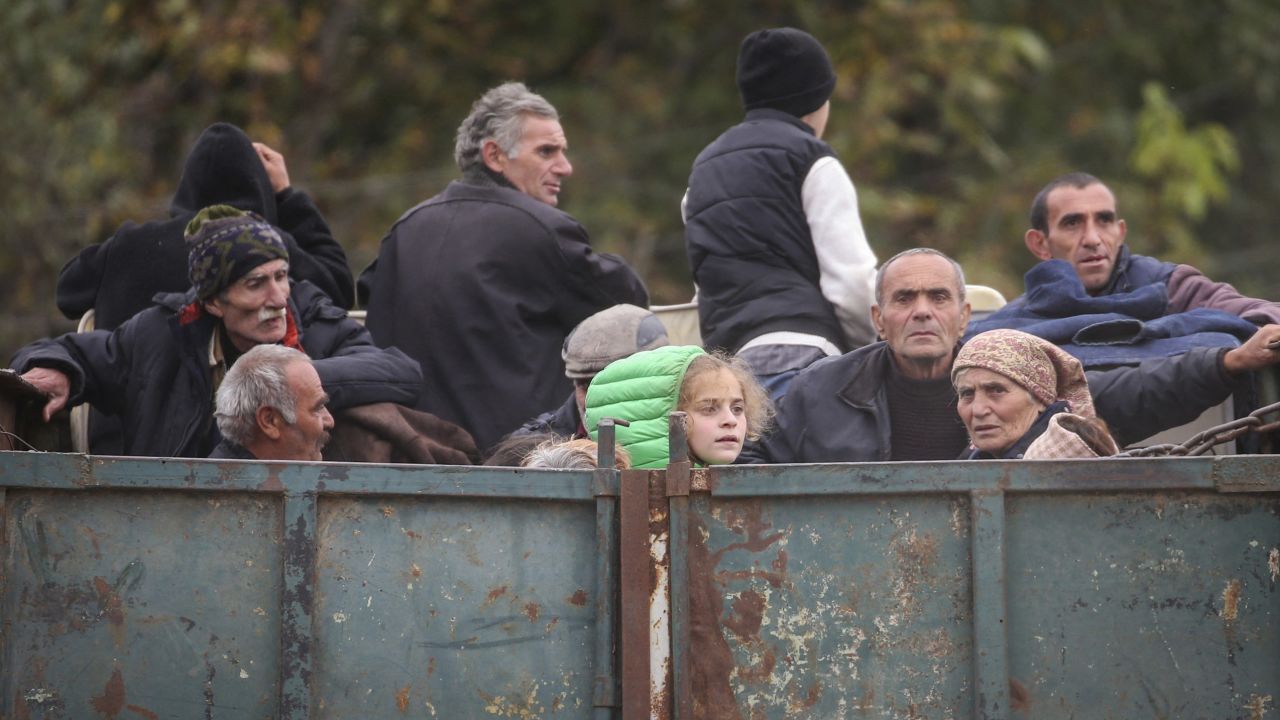
Farid Shafiyev, chair of the Center of Analysis of International Relations in Baku – an organization involved in the government discussions about “reintegration” – told CNN: “Those who don’t want to accept Azerbaijani jurisdiction, they have to leave. Those who would like to stay and get the passports, they are welcome to stay.”
Aliyev claimed that the rights of Karabakh Armenians “will be guaranteed,” but Armenia’s Prime Minister Nikol Pashinyan and international experts have repeatedly warned of the risk of ethnic cleansing.
Nonna Poghosyan, the American University of Armenia’s program coordinator in Stepanakert, told CNN that her family realized this weekend that it was safer to leave than to stay. She spent Monday morning seeing how many of her family’s belongings they could fit in their car.
She said her nine-year-old twin children had said goodbye to their home.
“They took their markers, and they went to their rooms, and they painted on their walls. They drew churches, crosses, some words, like ‘Artsakh, we love you. We will never forget you. We don’t want to lose you, our motherland,’” Poghosyan said.
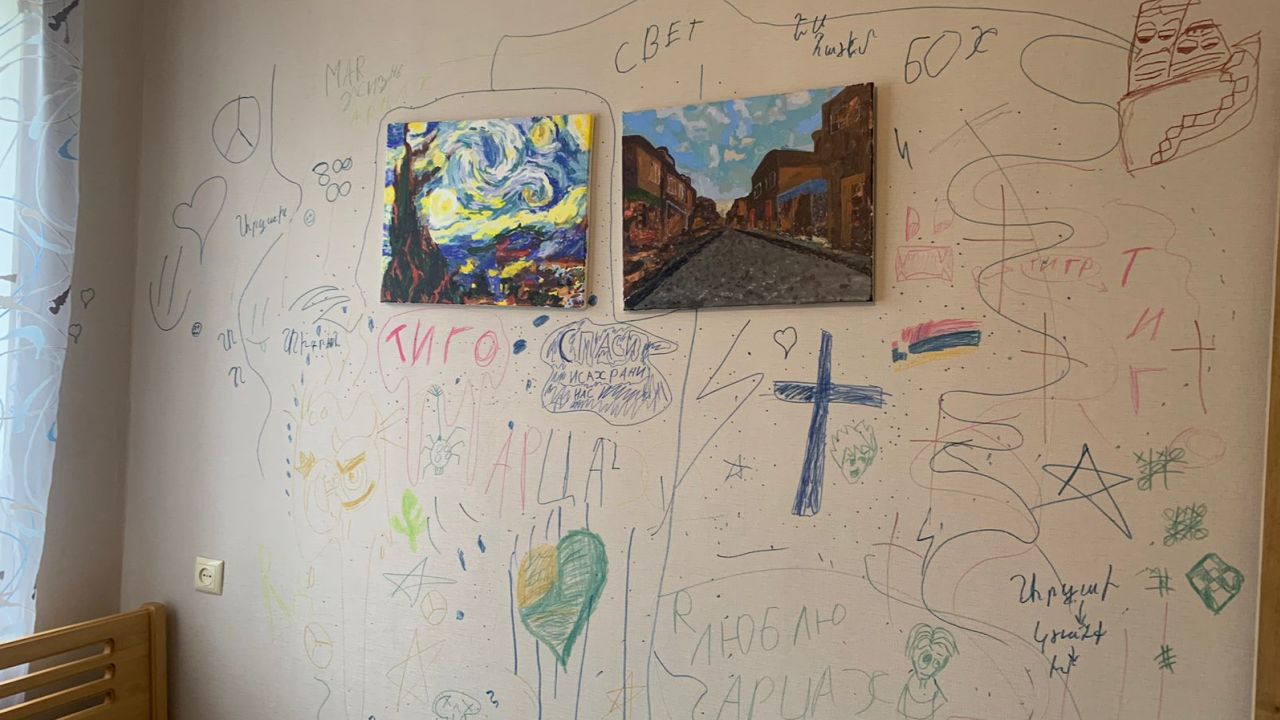
Who will take the refugees?
Pashinyan said in a speech Sunday his government “will welcome our sisters and brothers of Nagorno-Karabakh to the Republic of Armenia with all care.”
But how prepared Armenia – a nation of some 2.8 million people – is to house up to 120,000 arrivals from Nagorno-Karabakh remains unclear.
Some 50,000 people had crossed the border by Wednesday morning, arriving into temporary refugee camps set up in the border towns of Goris and Kornidzor. During a visit to Armenia, United States Agency for International Development (USAID) chief Samantha Power warned those arriving were suffering from “severe malnutrition.”
Nagorno-Karabakh has been under blockade since December 2022, when Azerbaijan-backed activists established a military checkpoint on the Lachin corridor – the only road connecting the landlocked enclave to Armenia.
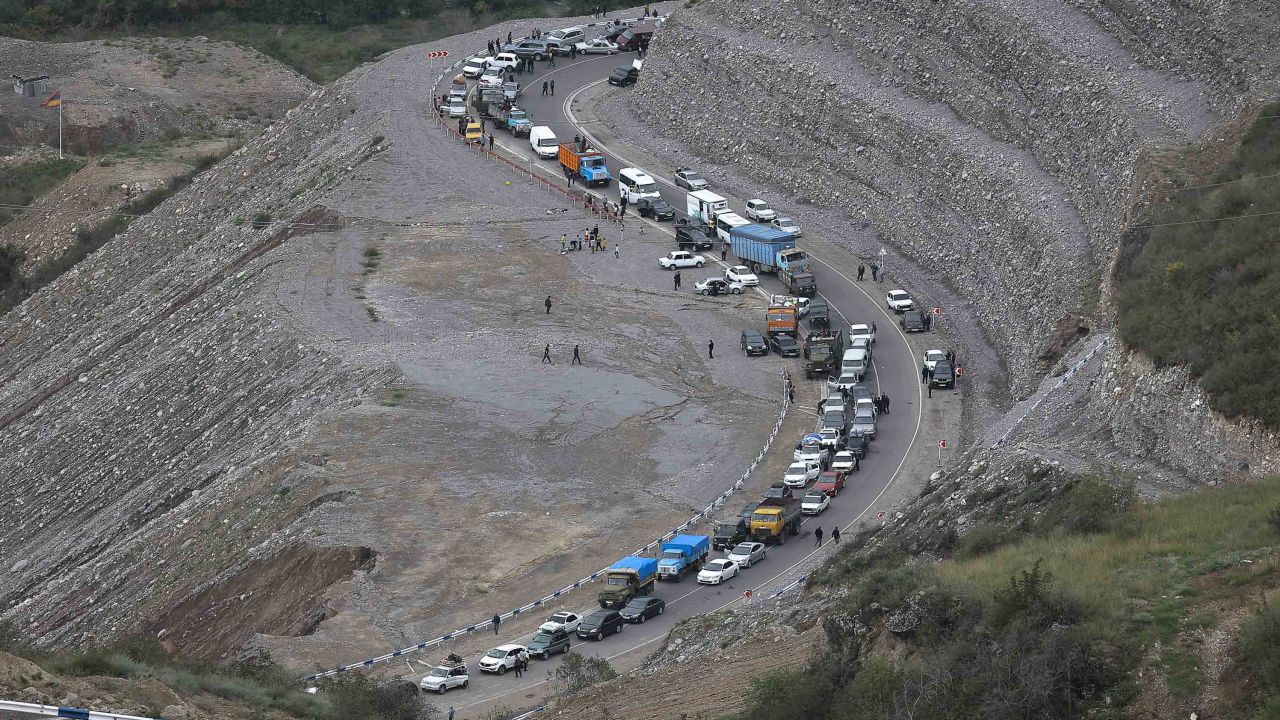
The blockade prevented the import of food, fuel and medicine to Nagorno-Karabakh, prompting fears that residents were being left to starve. Residents told CNN before the latest offensive began that they would have to wait in line for hours to get their daily share of bread. The blockade was lifted last week, allowing residents to flee.
Power arrived in Baku Wednesday, according to the US State Department, “to discuss the humanitarian situation in Nagorno-Karabakh” and “address the prospects for a durable and dignified peace between Azerbaijan and Armenia, based on mutual respect for each others’ territorial integrity and sovereignty.”
Can everyone leave?
Analysts told CNN before the evacuations began that they feared Azerbaijan might prevent certain members of the population from leaving.
Vartanyan, of Crisis Group, said she was concerned about who would manage the routes into Armenia. “Will it be Russian peacekeepers, the ICRC, or will it be Azerbaijani authorities?” she asked. “Does it mean people will have to go through filtration camps? And then will people get detained – for example, the local men who took part in the fighting in the past, or those who were part of the local de facto authorities?”
Over the weekend, “one of the main things that people were doing in Stepanakert was burning all the possible documentation that could become evidence for the Azerbaijani authorities that they personally were part of the de facto government,” Vartanyan said.
On Wednesday, Ruben Vardanyan, a prominent Karabakh politician and businessman, was arrested at a border checkpoint at the Lachin corridor and taken to Baku, according to the border service. Azerbaijan alleged that Vardanyan had entered the country illegally, without going into further detail. Baku has long maintained that the Artsakh government has operated illegally on its territory.
A photo shared by the border service on Telegram showed Vardanyan being held by two men in Azerbaijani uniforms. CNN could not independently verify the authenticity of the image.
CNN’s Benjamin Brown and Aren Melikyan contributed reporting.

